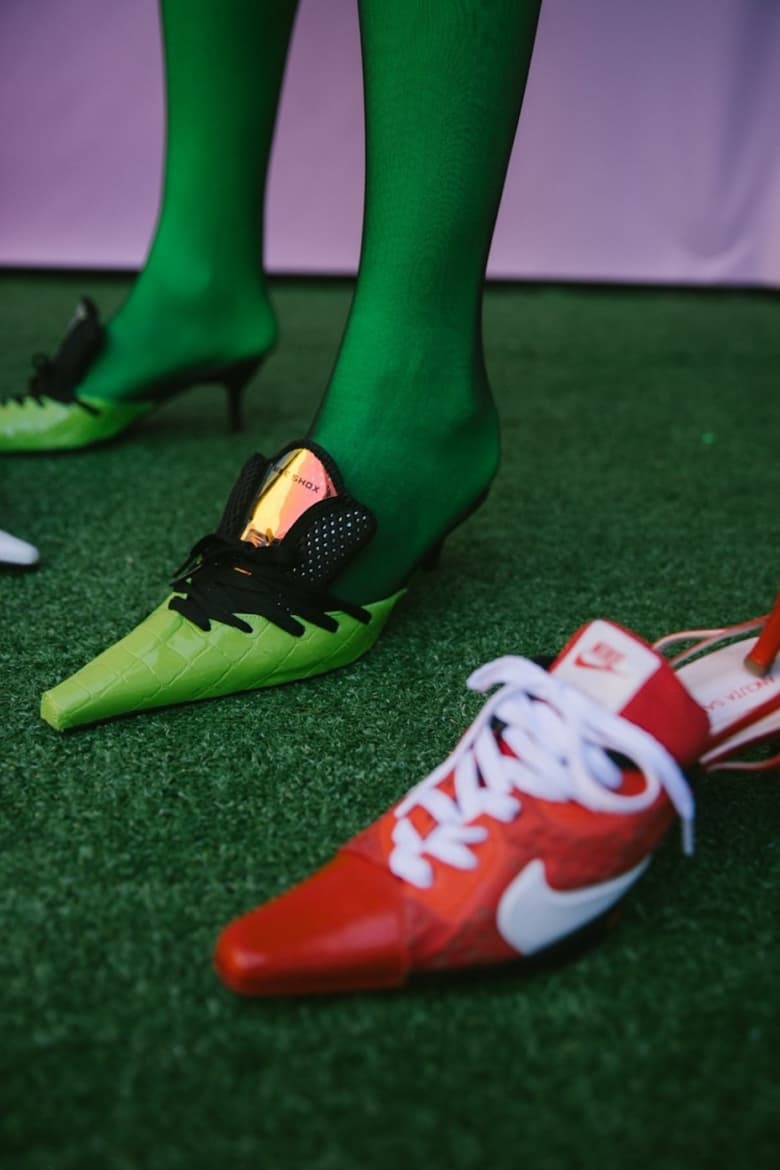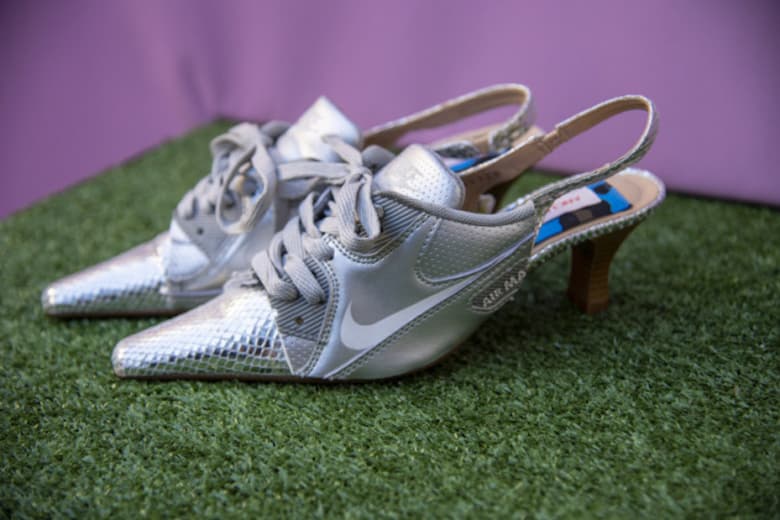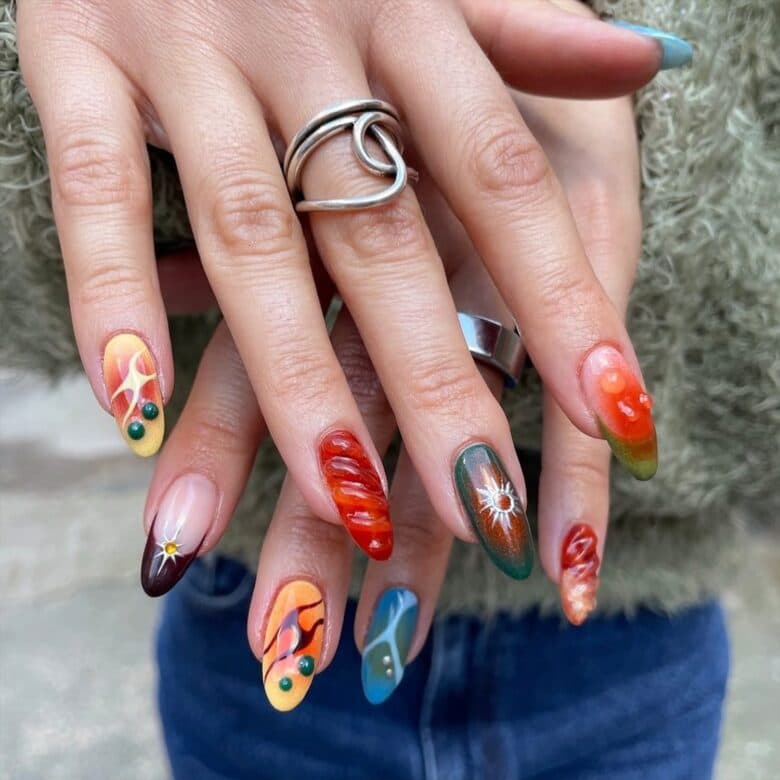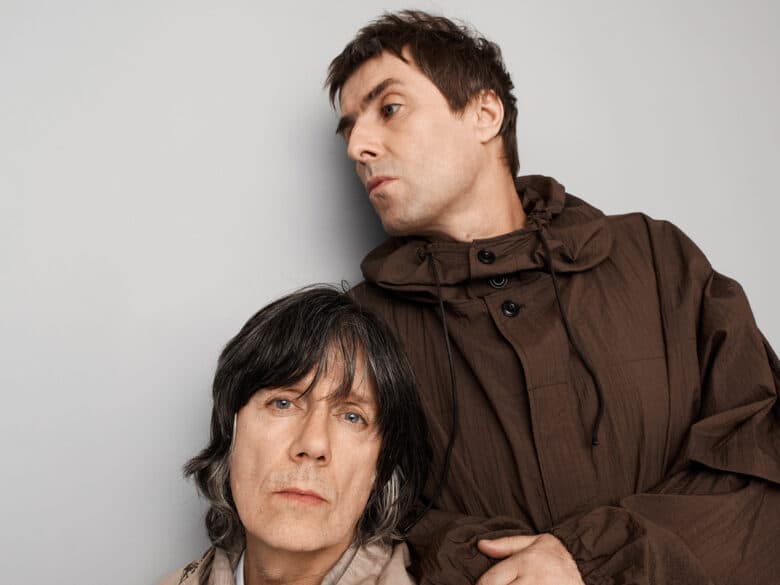Fashion East’s Ancuta Sarca talks fast fashion and sustainability
As the dust settles on the consumerist frenzy that is Black Friday, it’s time to assess our discounted acquisitions and reflect on the real cost of our buying habits. Despite our attempts at veganism (and sanctimonious rejection of plastic straws) the ASOS shopping cart can all too often tempt us off the eco-conscious straight and narrow.
Knowing that fashion is one of the most polluting industries out there doesn’t stop us. We want that £12 bedazzled co-ord with the cut outs and we want it now: even if we know it will hardly withstand a single outing, the pics will look great on the feed. Designers like Stella McCartney have been pushing their green wares for what feels like eons, but many of us view sustainable fashion with more than a dose of scepticism. Perhaps that’s because the “buy less, but better” maxim bandied about by eco-activists and fashion industry vets seems not just boring but also subtly classist; we don’t all have the purchasing power for “investment” pieces after all.
Ancuta Sarca, however, is looking to change that. With her Insta-friendly debut collection for Fashion East, she not only injected the fun back into eco-fashion but demonstrated that it doesn’t have to cost the Earth. In fact, by turning last season’s creps into style gems she showed that sometimes the best item really is the one’s that already in your closet. Part of a new gen of designers passionate about sustainability and accessibility, her work so far serves as a blueprint for reconciling a passion for fashion with caring for the planet.
We sat down with the Romanian, London-based designer to chat about her design beginnings, what other sustainable labels are killing it at the moment and the story behind those kitten heels.
What are your design references?
I use fashion as a tool to communicate what’s happening around me and to reflect the era we live in. I also like looking back through vintage collections, flea markets in Romania.
What led to you pursuing fashion as a career?
Growing up, I used to love dressing up but there weren’t many choices back then in Romania so most of the times I had to “be creative” and improvise my looks. My grandmother made traditional costumes and taught me how to sew when I was around 13 years old so I could ‘adjust’ my own clothes.
If you could change one thing about the fashion industry what would it be?
To make it slow down. Everything happens too fast, creation needs time, ideas need time to be developed. Great products and great ideas don’t become boring in four months, people get bored too easily. The intensity of labour and the damage that fast fashion brings to the environment are serious problems that need to be resolved.
You’re perhaps best known for the upcycled Nike trainer-kitten-heels that showed at the last LFW. What inspirations fed into this collection?
It came to life out of a personal project. I had lots of shoes at home that I didn’t wear anymore so I decided to re-use them and make something that I’d like to wear. Most of them were kitten heels and Nike trainers so I mixed them up into a hybrid shoe. It’s also like a tribute to old trainers. Back in the days it wasn’t as easy to buy trainers as it is today and I don’t think we should take anything for granted. Nowaday the more we have, the more we want. I think I just didn’t want to create anything new, but instead I wanted to reflect on what I already had and use it.
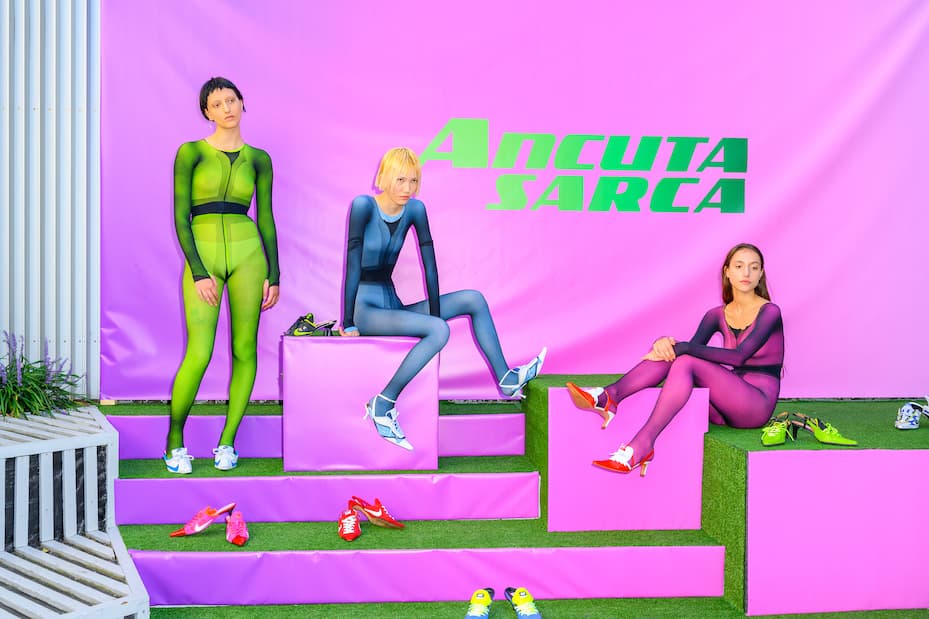
How do you think consumers can reconcile an interest in fashion with eco-consciousness?
I think brands have a responsibility in educating their customers and being more transparent regarding the process of creating a garment. Consumers must understand the process of a garment and how harmful fast fashion is to the environment and to workers in the industry.
Who are the other designers who you feel are pushing the envelope re environmentally-conscious design?
Marine Serre and Phoebe English to name a few.
There’s this vision of young designers working constantly that has been kind of mythologised and semi-glamourised in media, do you think that this image is detrimental?
I used to be like that when I was a student but the more I grow up, the more I realise that you also have to live. Even if you work a lot at least make the process enjoyable, don’t just wait for the final result to bring you pleasure.
Do you think there should be more of a conversation surrounding mental health in fashion, particularly when it comes to emerging designers?
I wish we would have talked about mental health from early on in school. Especially in arts and fashion, your work is very personal, it’s something that represents you, so sometimes other people’s opinions might be damaging to your self esteem. It is a very competitive industry and it’s very easy to fall into that state of mind where you feel like you will never be good enough. I wish there would be open conversations about this and people would be more understanding.
What are your ambitions going forward?
I am currently focusing on production, my next collection and trying to develop new and sustainable ways of producing.
Keep up to date with all things sustainable fashion by following Ancuta on IG at @ancutasarca.
